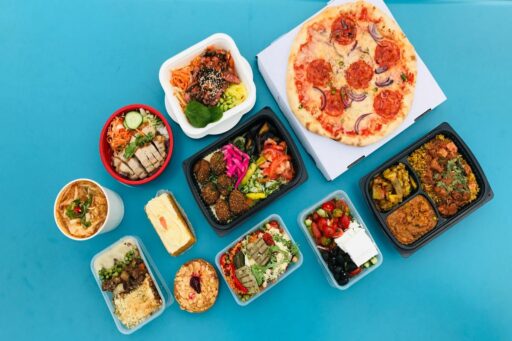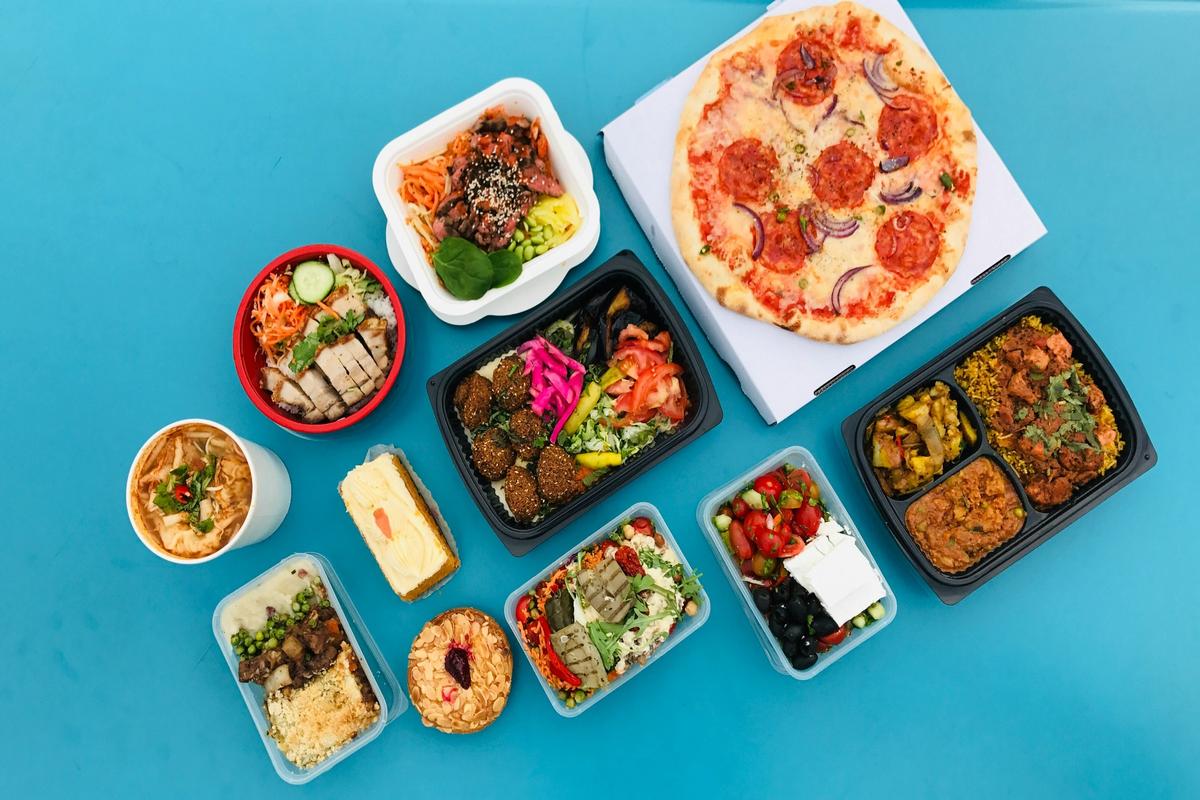How to Create a Meal Plan That Doesn’t Feel Like a Diet
Healthy’s Summary
Creating a meal plan sounds like the responsible, grown-up thing to do—but let’s be honest, sometimes it feels like code for “goodbye snacks, hello food guilt.” The good news? A well-made meal plan doesn’t have to feel rigid or punishing. In fact, when done right, it can be flexible, fun, and (dare we say) freeing.
At its core, a meal plan is just a guide—a tool that helps you feed your body without the daily decision fatigue. Whether you’re trying to eat more veggies, save money, or stop ordering takeout five nights a week, the right meal plan can support your goals without feeling like you’re on a crash diet.
Of course, what works for someone training for a marathon isn’t going to work for someone juggling a toddler and a 9-to-5.
Let’s Talk About Meal Plans
Okay, so what actually is a meal plan? At its most basic, it’s just a list of meals and snacks for the week. But here’s the secret: a good meal plan works with your life, not against it.
It’s not about cutting carbs (unless your body feels better with fewer). It’s not about prepping identical containers of grilled chicken and broccoli (unless you truly love that). And it’s definitely not about guilt-tripping yourself because dinner turned into cereal. Again. Instead, it’s about reducing stress, saving time, and making sure you’ve got stuff you actually want to eat. That’s it.
How to Build a Meal Plan That Doesn’t Suck
Let’s walk through a few real-world tips that can help you meal plan without spiraling into diet-mode:
- Start with what you already eat. Instead of dreaming up a fantasy menu filled with quinoa-stuffed peppers, look at your past few weeks. What meals do you love? What do you repeat often? Start there.
- Pick 3-4 meals to rotate. You don’t need 21 brand-new dishes every week. Choose a few go-to breakfasts, lunches, and dinners. Repetition isn’t boring—it’s strategic.
- Include the fun stuff. A meal plan that makes zero room for chips, cookies, or wine is going to backfire. Build them in. Plan for the treat instead of pretending it won’t happen.
- Don’t forget snacks. If you’re always grabbing snacks, plan for it! Hummus and veggies, peanut butter on rice cakes, cheese sticks—snacks are part of real life.
- Leave blanks. Not every single meal needs to be planned. Leave some open space for spontaneity or leftovers. (Or the inevitable night you forget to defrost the chicken.)
Real Life, Real Flexibility
Here’s something we don’t say enough: your meal plan doesn’t have to look like anyone else’s. Some people plan dinners only. Others do full breakfasts and lunches. Some people meal prep on Sundays, others wing it daily with a loose outline.
The point is to support your life—not shape your life around the plan.
Got a week packed with work deadlines? Maybe that’s a soup-and-sandwich situation. Hosting family? Maybe you make a giant pot of chili and roll with it. If your plan helps you feel less overwhelmed, you’re doing it right.
Ask Healthy
Common Pitfalls (And How to Dodge Them)
If you’ve tried meal planning before and hated it, you’re not alone. A lot of people fall into the “all or nothing” trap. Here are a few ways to course-correct:
- You overplanned. If your fridge is packed and nothing got eaten, scale back. Try planning just dinners first.
- You made it too perfect. Life isn’t perfect. Neither is your appetite. Expect cravings, mood shifts, and surprise pizza nights.
- You forgot to ask yourself what you like. Sounds obvious, but if your plan doesn’t include food you enjoy, it won’t stick. This isn’t the time to suddenly love kale if you hate it.
Ask Healthy
A Few Extra Tools You Can Actually Use
So you’re ready to give meal planning a go—but not quite sure where to begin? Here are a few ways to make the whole thing feel a little more doable (and less like homework):
First off, don’t underestimate the power of a simple notebook or even a notes app on your phone. Seriously. You don’t need some color-coded spreadsheet unless you’re into that kind of thing. A basic list of dinners for the week is enough to start.
Another helpful starting point? Think in food groups—veggies, grains, protein, dairy, fruits—kind of like the visual breakdown you’d find in MyPlate Meal Planning from the USDA. That balanced plate model can give you a solid base without being overly strict.
And if you’re curious about the whole high-protein craze (because yeah, it’s everywhere), we’ve got a straight-talking breakdown in The Truth About High-Protein Meal Plans for Sustainable Weight Loss. It’s worth a peek if you’re wondering whether loading up on chicken and Greek yogurt is really the magic trick for staying full and trimming down.
The Takeaway
Meal planning doesn’t need to be another “health” chore. Done right, it’s simply a strategy to make your day-to-day a little less chaotic and a lot more nourishing. Whether you go full-on spreadsheet or scribble ideas on a Post-it, the goal is to make meals that work for you. Flexible. Forgiving. Actually doable.
Want to dig deeper?
Healthy Foundation
Take the first steps toward understanding and improving your health with a personalized approach. Discover the essentials of tracking your health and forming habits that support your overall well-being. From monitoring sleep to fostering a deeper understanding of your physical and mental health, this experience will help you establish a personalized health baseline and explore how daily habits impact your well-being. Whether you’re managing chronic conditions, setting fitness goals, or just looking to feel better day-to-day, Healthy provides the tools and support to help you thrive. By focusing on your values and goals, you’ll gain clarity on where to start and how to make meaningful, sustainable progress in your health journey. Perfect for anyone ready to align their actions with what truly matters to them.
Enroll in one of Healthy’s Programs to log, track and learn more about your Health, one conversation at a time.
Learn More




